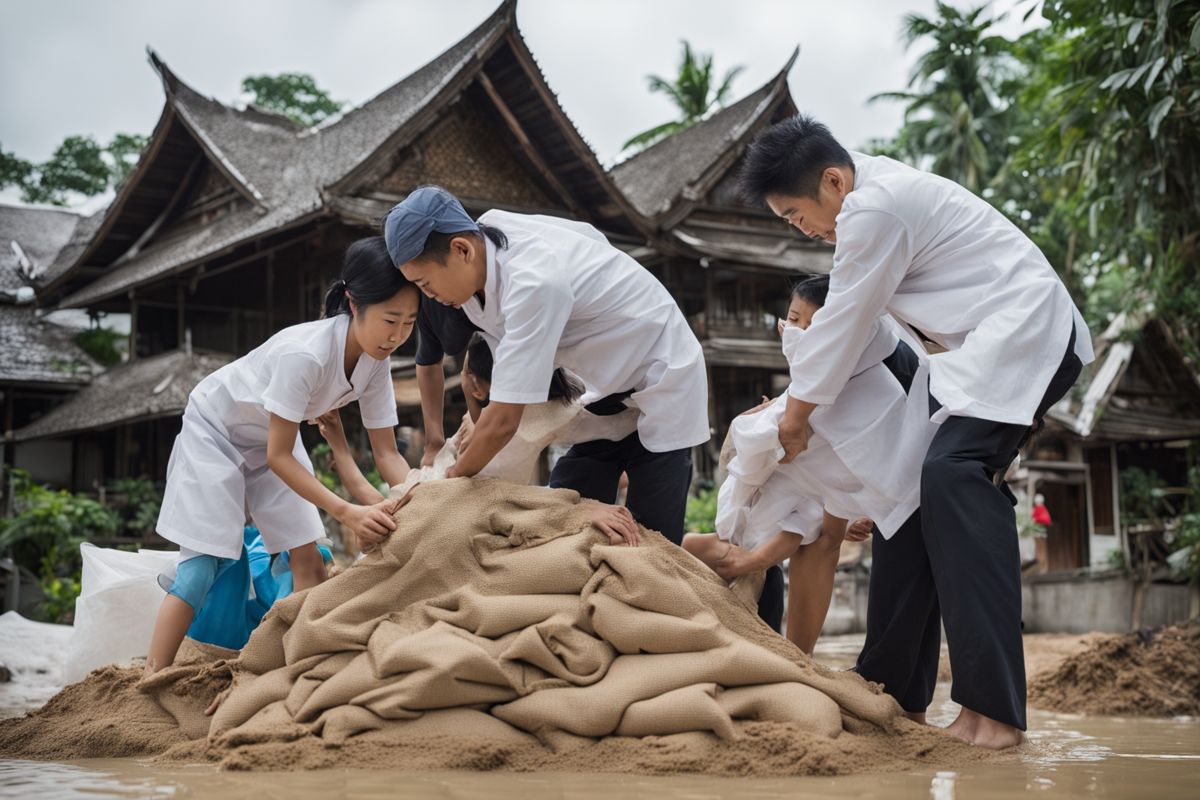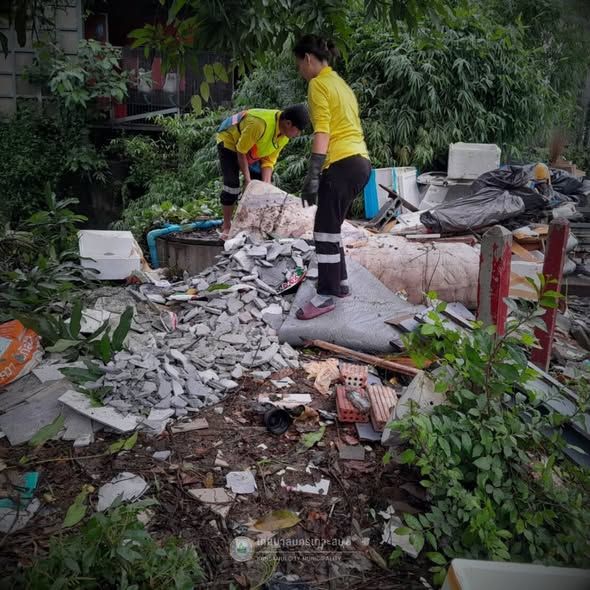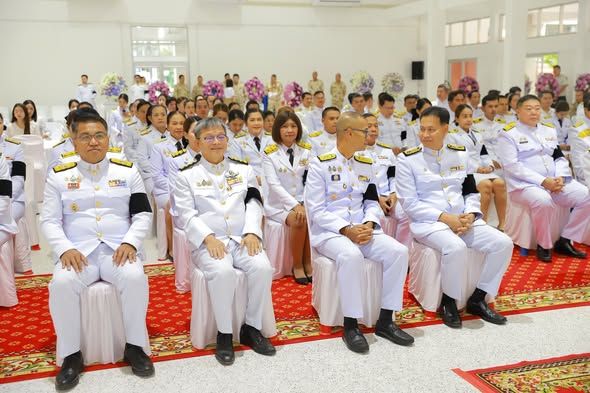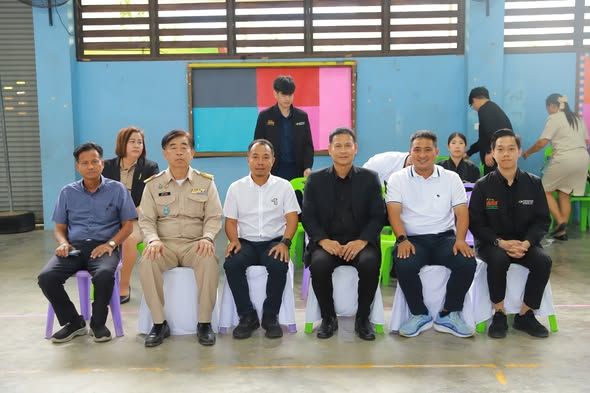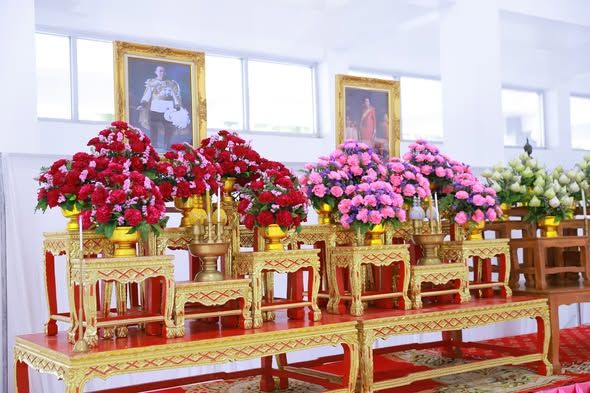Southern Thai communities in Hat Yai and Songkhla are uniting to support medical personnel and restore vital healthcare services during floods, ensuring bedridden patients receive crucial care. Donate via QR codes to help, and your contribution even qualifies for double tax deductions!
SouthernThailand #FloodRelief #CommunitySupport #HatYai #Songkhla #HealthcareHeroes #DonateNow #TaxDeduction #ThailandFloods #MedicalSupport
Southern Thailand is known for the unbreakable bond among its people, especially in moments of hardship. When floods strike the region, communities rally together to ensure no one is left behind. This sense of solidarity is vividly demonstrated by ongoing initiatives to support medical personnel and restore vital healthcare services.
Mobilizing Support for Flood Relief
During recent flooding incidents in areas such as Hat Yai and Songkhla, local communities have launched coordinated efforts to aid victims and healthcare workers. Fundraising campaigns are being organized to provide essential resources for medical professionals on the front lines as well as to contribute to hospital recovery funds. These initiatives help ensure that critical services can continue for all, including vulnerable groups such as bedridden patients.
How to Contribute to Hospital Recovery Efforts
Supporters can easily participate by making donations through designated channels, including scanning provided QR codes for quick and secure contributions. All donations made during this campaign qualify for double tax deductions, providing an added incentive for individuals and businesses to give generously while also receiving financial benefits.
The Role of Healthcare Professionals During Floods
Medical staff in affected regions play a crucial role in maintaining public health and safety during and after severe weather events. Their responsibilities include emergency response, caring for hospitalized and bed-bound patients, and ensuring uninterrupted treatment for those with chronic conditions. Additional resources from donations help these professionals continue their lifesaving work despite challenging circumstances.
Long-term Impact and Community Care Programs
Support from donations and relief activities extends beyond immediate flood recovery. Funds aid in repairing damaged infrastructure, replacing medical equipment, and investing in long-term improvements for hospitals and healthcare centers. Local initiatives also organize community care programs to monitor the well-being of at-risk populations and prevent post-disaster diseases.
Spreading Awareness and Encouraging Participation
Community messages, such as the call to action “Samui Always Cares,” strengthen a culture of mutual assistance. Social campaigns help spread awareness about ongoing needs and highlight the collective responsibility to care for all members of society, especially during crises. This widespread support ensures that southern communities can recover faster and more effectively from natural disasters.
Frequently Asked Questions
FAQ: Community Solidarity in Times of Crisis
How are Southern Thai communities responding to healthcare needs during floods?
Southern Thai communities in Hat Yai and Songkhla are uniting to support medical personnel and restore vital healthcare services during flood crises. Volunteers and fundraising campaigns ensure that all groups, especially bedridden patients, continue to receive essential care, with local people joining hands to provide immediate assistance and resources needed for medical professionals and hospitals.
How can I contribute to flood relief and healthcare restoration efforts?
You can make a difference by donating via the designated QR codes provided by fundraising campaigns for hospital recovery. Your donation supports front-line healthcare teams and helps repair damaged infrastructure. Additionally, every contribution to these campaigns qualifies for double tax deductions, offering significant financial and social benefits to both individuals and companies.
What is the ongoing impact of these relief initiatives beyond the immediate crisis?
Donations and community efforts extend support far beyond emergency relief. Funds raised are used for repairing hospital facilities, replacing medical equipment, and launching long-term community care programs to monitor and protect vulnerable populations. These sustained actions help communities bounce back quickly and strengthen resilience for future disasters.
